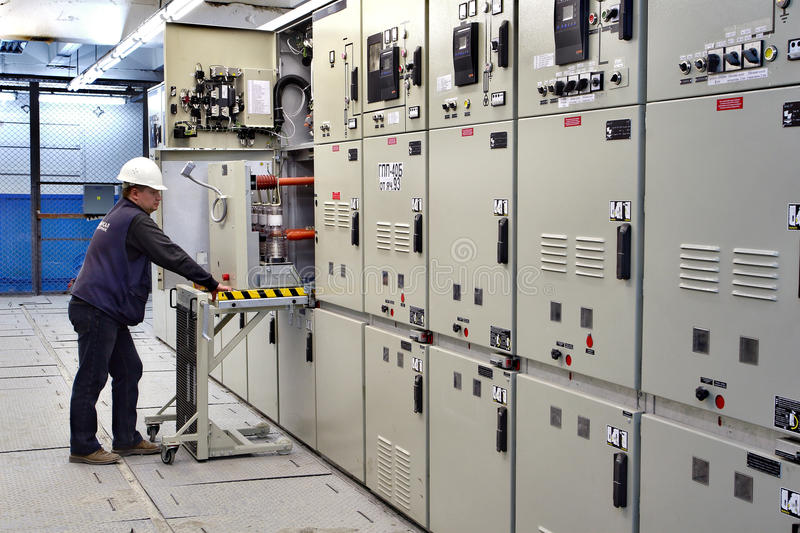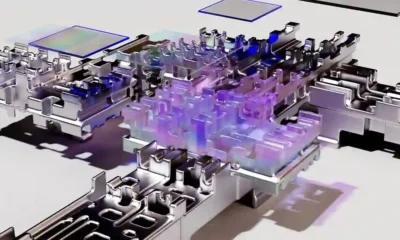
An electrical switchgear is a piece of equipment used for regulating, controlling, and turning electrical circuits on and off. Fuse, switches, relays, potential transformers, lightning arresters, signaling devices, and control panels are a few types of switchgear equipment.
Transformer stations, commercial and industrial buildings, paper mills, metal smelters, distribution substations, and transformer stations are all places where switchgear panels are used. These are primarily utilized in locations where electric energy is allocated to or used in distinct zones.
What are the types of switchgear?
Switchgear comes in two main categories: indoor type and outdoor type. In locations where the voltage is more than 66kV, output switchgear is employed. This is due to the unnecessary rise in installation costs caused by building work at locations where high voltage is required due to the vast distance between the large-sized insulators and conductors. The indoor switchgear type is mainly metal compact which reduces the safety clearance level of operation, further reducing the area.
High voltage, medium voltage, and low voltage switchgear are the three types of switchgear based on voltage. Low voltage switchgear, or LV, is the term used to describe a power system operating at up to 1 kV.
What is the function of switchgear?
Switchgear serves a variety of purposes, including shielding equipment from fault currents and short circuits. By allowing more than one source to feed a load, it not only improves system availability but also isolates the circuits that correspond to the power supplies.
Under many circumstances, it is utilized for opening and closing electrical circuits. In typical circumstances, it can be operated manually to protect the operator’s safety and make the best use of electrical energy.
What are the components of switchgear?
Control systems and power conducting are two of the switchgear’s components. Circuit breakers, fuses, switches, and lightning arrestors are some of the parts of power conductors that are used to stop the flow of electricity. Control systems are made up of control panel switchboard, transformers like potential and current protective relays, and the linked circuitry that supervises, regulates, and safeguards the various power conduction components. Continue reading to learn more about switchgear’s development.
What are the features of switchgear?
The most important characteristics of switchgear are its quick operation, total reliability, discrimination, and opportunity for human control. The trend toward interconnectivity and growth in generating station capacity has been ongoing.
Switchgear is added to the electrical system to increase dependability so that, in the event of a malfunction in any component, it may be used to isolate the affected area from the rest of the circuit.
The switchgear needs to be able to be capable of operating in case of a fault in any component of the power system in order to prevent harm. Transformers, generators, and other equipment may sustain this damage from short-circuiting currents.
If the error is not fixed right away, it could spread to the power system’s healthy areas, causing issues with how it normally operates and eventually forcing a shutdown. Additionally, switchgear is renowned for having a manual control option. The necessary activities are carried out manually whenever an electronic control malfunctions.
Related posts:


Entertainment
Lovely Good Morning Have A Nice Day Wishes And Greetings

Forex & Crypto
Rajabandot: Easy Access to Reliable and Fun Online Gaming
Categories
- Apps (1)
- Automotive (24)
- Beauty (7)
- Business (124)
- Celebrities (2)
- Digital Marketing (22)
- Ecommerce (2)
- Education (25)
- Entertainment (48)
- Events (6)
- Fashion (1)
- Features (4)
- Finance (1)
- Fitness (10)
- Food (2)
- Forex & Crypto (38)
- General (118)
- Health (49)
- House (61)
- Lifestyle (68)
- Marketing (8)
- Parenting (3)
- Pets (10)
- Real Estate (8)
- Safety and Security (14)
- Social Media (33)
- Sports (147)
- Technology (73)
- Travel (23)




















